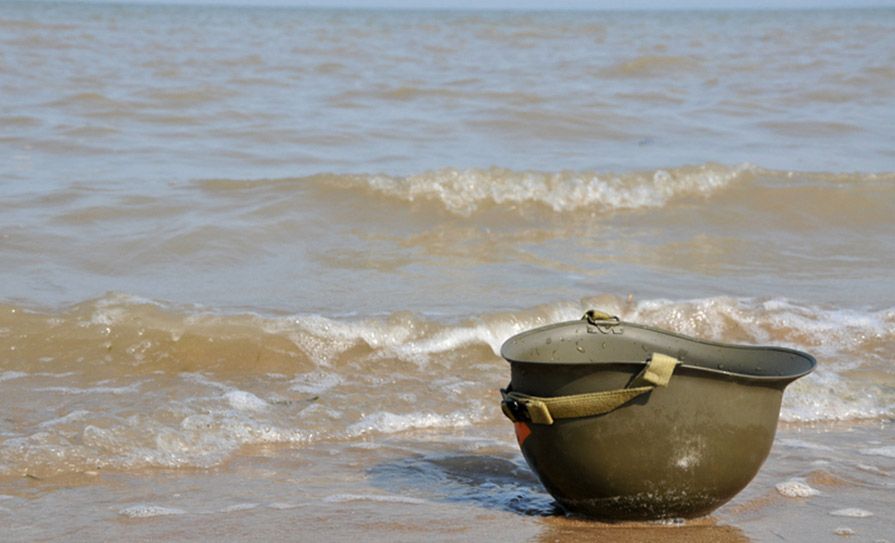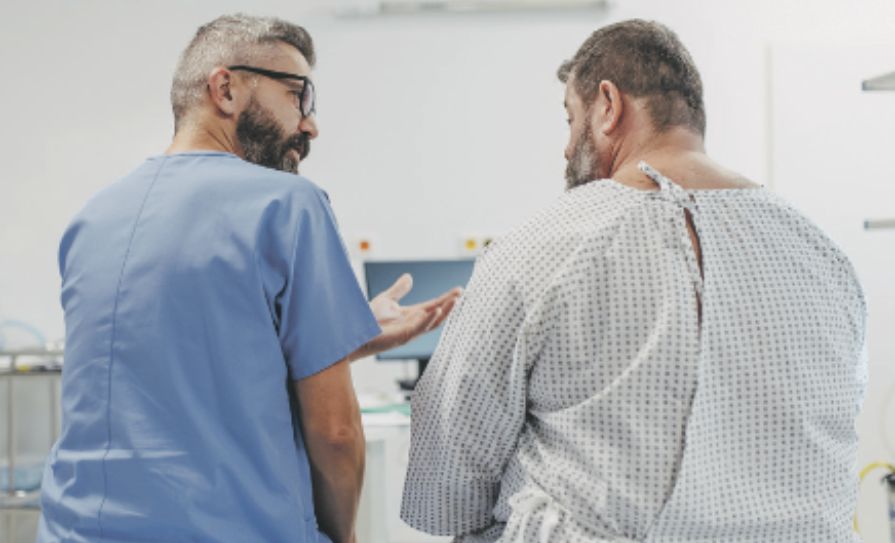You’ll no doubt be aware of the recent 80th anniversary of the D-Day landings on the beaches of Normandy on 6 June 1944. It would be remiss not to pause for thought on the incredible bravery of the young men who were dumped onto that beach amid a downpour of bullets, bombs, and hellfire. The biggest military assault in history would probably not have succeeded without the equally brave doctors who went with them.
D-Day was the largest conglomeration of ships, aircraft, vehicles, and people (some dropped in by parachute) the world has ever seen. The idea was to cut through the Nazi defences in occupied France and change the course of the war. In total, it involved around 160,000 Allied troops on the day itself, more than 7,000 ships and boats, 11,000 aircraft, and several thousand other miscellaneous vehicles.
It’s estimated that more than 1,400 Allied troops died on that day alone, with more than 5,000 wounded. The German casualties are harder to estimate, but it’s thought that up to 9,000 were killed, wounded, or missing. The Allied bombing of surrounding French villages and cities – designed to clear the area of German soldiers – killed around 20,000 civilians and has been sometimes referred to as a war crime. But that’s another story.
As usual in such scenarios, doctors were right in the middle of it all, trying to piece people back together in the most horrifying conditions, or helping them to pass away as comfortably as possible.
Among the thousands of soldiers whose remit was to kill and destroy, these ‘combat medics’ had a polar opposite raison d’etre, which was to save lives. They were mostly unarmed and in fairness to the German soldiers, they generally respected the red cross on their helmets, and didn’t fire upon them. This didn’t make them invincible amid the chaos – a US battalion of 400-to-500 men typically had around 30 medics and this number invariably dwindled in the heat of battle. Shrapnel and stray bullets, as well as friendly fire, have no respect for such distinctions.
Their job, of course, was not to administer complex treatments, but to patch-up the wounded soldiers that they thought may have a chance to survive, and prepare them for evacuation. They faced excruciating choices around who to treat, and this sometimes involved walking away from dying comrades to treat soldiers who had a better chance of survival. The courage they showed in running from patient-to-patient under a hail of bullets is remarkable. These medics, who were recruited and trained from both civilian and military ranks, were also the first link in the evacuation process.
Many of their on-the-spot tasks involved administering morphine and applying dressings. Blood for transfusion purposes only became available for facilities near a battlefield in 1945. By D-Day, penicillin was being widely distributed to medics and the typical medic’s first-aid kit also contained eye dressings, tincture of iodine, boric acid ointment, and sulfanilamide tablets. The surgery kits were less than sterile, but that consideration faded in the attempt to save lives.
D-Day was notable for another reason: The wounded were actually transported towards the frontline of battle, rather than away from it. The landing ships were so busy dropping soldiers on the beach that any evacuations would have to wait.
Of course, the Irish got in on the act, including in the aftermath. In the days after D-Day, doctors and nurses from 20 different counties in Ireland joined forces to deliver a pop-up hospital in the rural town of Saint-Lô, 90 per cent of which had been levelled by the aforementioned Allied bombings. These voluntary staff also showed immense compassion and courage. By the time the hospital was handed over to the Red Cross in 1947, they had treated more than 1,400 patients and provided over 22,000 consultations. A memorial stands in Saint-Lô to commemorate the hospital and those who operated it.
Incidentally, an ambulance driver and interpreter who worked on that coalface was a certain Samuel Beckett. Also, one of the most-commemorated doctors of that time is Dr Arthur Darley, a young Irish doctor who was trained in Trinity College Dublin. Dr Darley was known for his tireless work with tuberculosis (TB) patients in the hospital and he himself died of TB two years later. He and Beckett worked together in the hospital, and Beckett’s poem Mort de AD is an ode to Dr Darley.
Each year, naturally, the numbers of soldiers and medics who participated in D-Day dwindles. But as it fades further from living memory, the legacy of their sacrifices cannot be forgotten, likewise how they helped to shape the world in which we live today.
In the context of human history, it really wasn’t that long ago.













Leave a Reply
You must be logged in to post a comment.